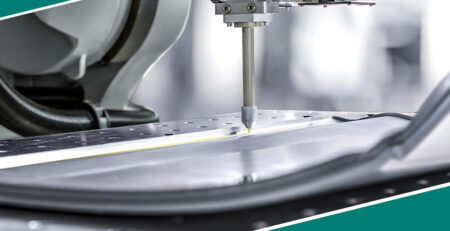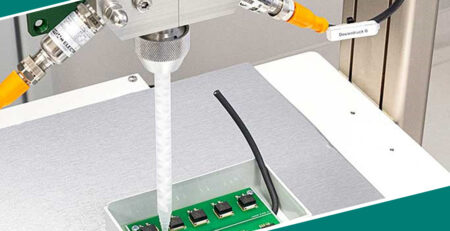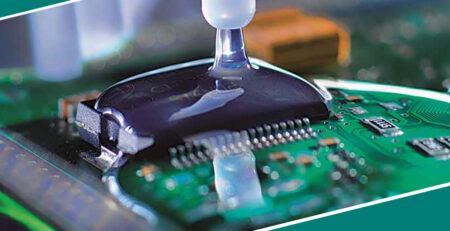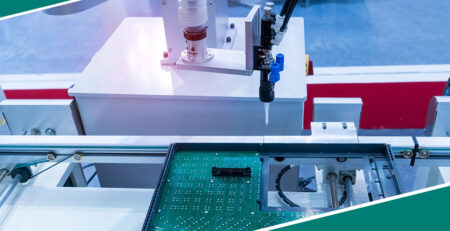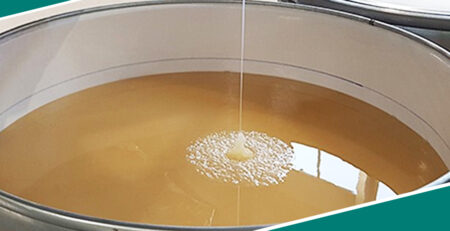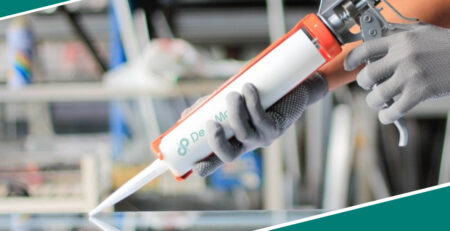Basic types of electronics assembly adhesives
Basic types of electronics assembly adhesives
The electronic industry has undergone many innovations in past years and is still offering innovative and technologically advanced electronic products. These innovations including mobile electronic devices, hybrid vehicles, medical applications, laptops, tablets, digital cameras, sophisticated defense telecommunication, and augmented virtual reality headsets are facilitating a massive number of users in all facets of life. To assemble the components in all these advanced and innovative electronics, the manufacturers need high-performing and high-quality adhesives. Here comes the need for suitable electronics assembly adhesives. Generically speaking, an adhesive is any substance that can bond or join two substrates. In electronic assembly lines, these adhesives are of paramount importance because a loose joint can compromise the performance, efficiency, and operation of electronic devices.
There is a wide range of adhesives that are currently serving the electronic manufacturers. All these adhesives come with unique features that make them suited for different applications.
Along with strong bonds, these adhesives also protect the electronic components from harmful effects such as heat emission, excessive vibration, corrosion, moisture, mechanical shock, physical impact, UV rays, and challenging environmental conditions.
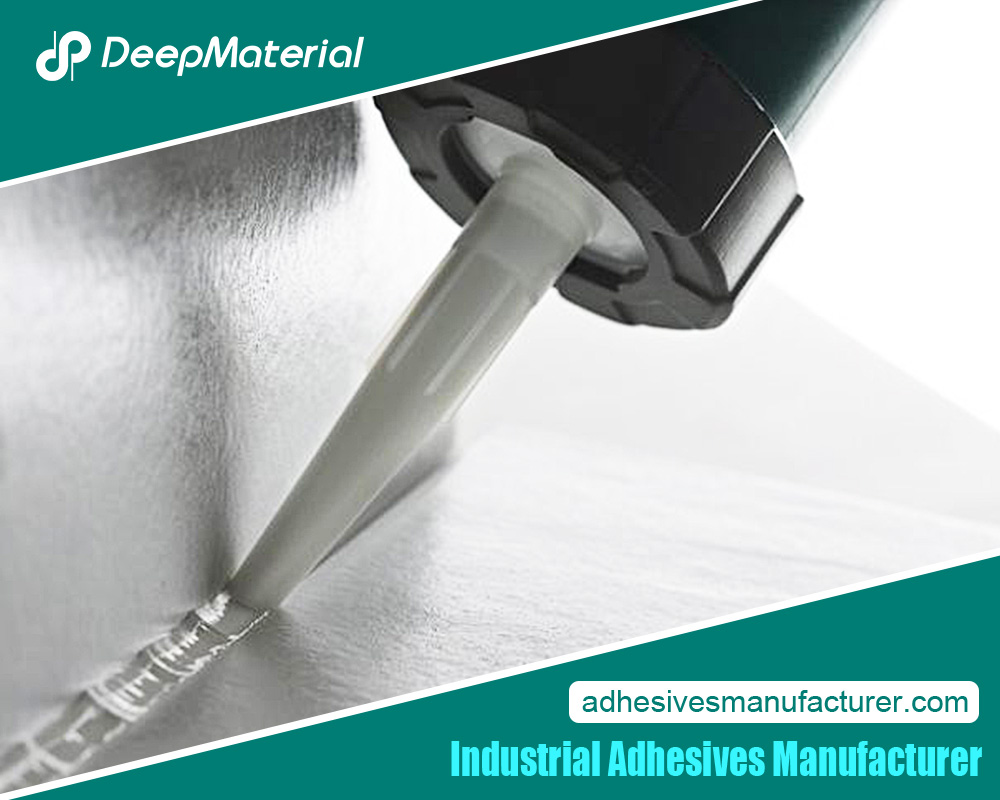
These features are the reason that these advanced adhesives have outsmarted traditional soldering systems and are facilitating the electronics sector on a global scale.
As already mentioned, there are plenty of adhesives available to serve your bonding needs. Choosing the right adhesive that is best suited for your particular needs is quite crucial to the reliability, integrity, and performance of your electronic device. It is essential to understand the diverse range of options available so that you can choose the right adhesive as a manufacturer, engineer, or designer. In this article, you can find the basic types of electronic assembly adhesives available along with their key features. After going through this guide you will be able to make an informed decision by choosing the ideal adhesive that matches your requirements.
- Epoxy adhesives: the most common kind of electronics assembly adhesives is epoxy adhesives. It is known for its chemical resistance, thermal stability, unparalleled bonding strength, and versatility. These adhesives are formulated when epoxy resins are added to a hardener. There is a precise proportion in which both these substances are added to formulate an adhesive. Interestingly, this proportion can be changed to create various formations that can serve varying adhesion needs. Also, you can formulate more versions of epoxy adhesives by adding an additive or curing agent to it. This is why it is known as the most versatile adhesive because it can be formulated in various ways to match the differing needs of customers and can be applied in a versatile manner. when these adhesives are cured, they form a durable yet robust bond with the substrate Another great feature of this adhesive is that it can create bonds with various substrates including plastics, metals, composite, and ceramic. These adhesives are widely used in aerospace, automotive, and industrial manufacturing industries for sealing joints, bonding components, and encapsulating electronic devices and components.
- Acrylic adhesives: These adhesives are also known for their resilient nature against harsh environmental factors such as UV radiations, moisture, and chemicals. They are also celebrated for their ability to create bonds with various substrates and versatile applicability. Like epoxy adhesives, these adhesives can also be formulated differently to suit varying application requirements. They exhibit flexibility in curing options and application. They are widely used to attach heat sinks, telecommunication, sealing enclosures of consumer devices, and LED lighting.
- Cyanoacrylate Adhesives: Also famous as super glue, these adhesives are known for quick cure time and great bonding strength that makes them perfect for applications where rapid bonding is critical. They can create strong bonds with various substrates including plastic, metal, and even rubber. The downside of this adhesive is that it has limited flexibility and it can become brittle which is why it is not suitable for applications where resistance to vibration and resilience are required. They are widely used in temporary fixtures, rapid prototyping, and joining non-porous substrates.
- Silicone adhesives: These adhesives are flexible, thermally stable, and have resistance against harsh environmental factors and temperature variation. These adhesives are suitable where thermal stress, dust contamination, and moisture ingress is possible as they can work as a resisting force against all these odds. They are widely used for gasketing, sealing, and encapsulating electronic devices.
- Hot-melt adhesives: Also famous as thermoplastic adhesives, these adhesives are known for strong bonding, quick curing, and fast assembly processes. These adhesives need to be heated for application, but once they cool down they solidify into a strong bonding structure. They are perfect for speedy production facilities and are widely used for wire tacking, conformal coating, and rapid bonding.
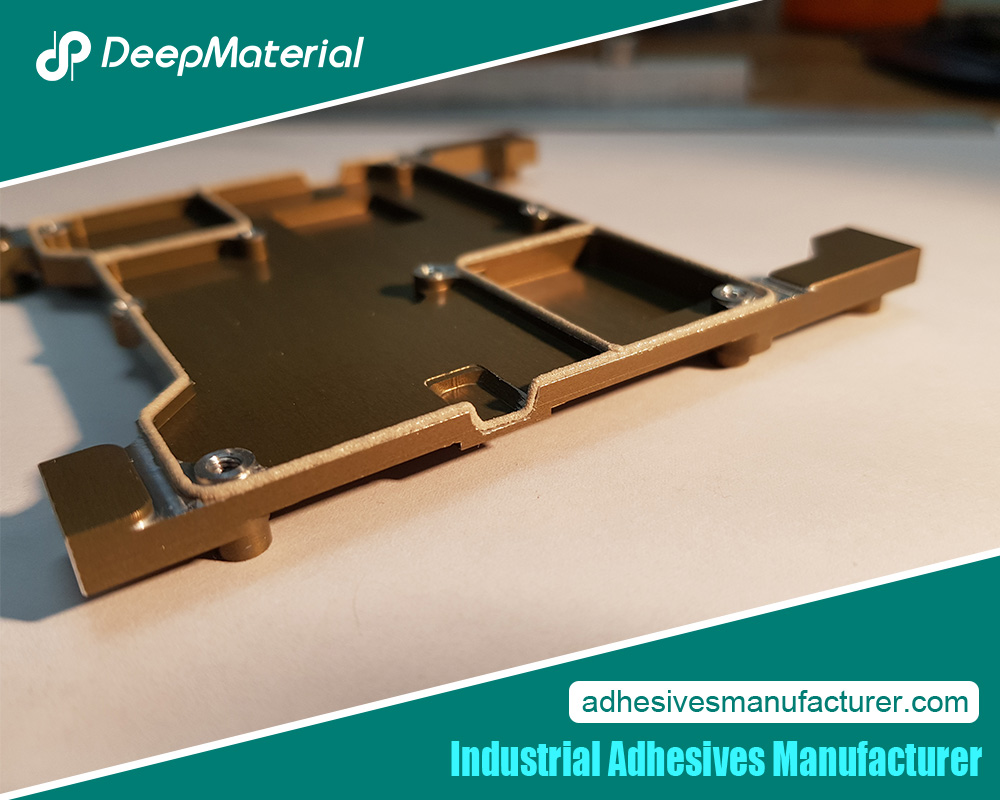
Selection criteria: Now that you know the key features and uses of basic types of electronic assembly adhesives, it is time to understand which features to look for when selecting an adhesive for a particular application. Here are the points that you should consider for the perfect selection of adhesive:
- Mechanical properties: Evaluate the flexibility, impact resistance, and bond strength of the adhesive and make sure that it matches the application requirement or else you won’t be able to create a strong bond.
- Cure time: Consider cure speed, curing process requirements, and cure mechanism, and choose the adhesive whose curing properties meet your application requirements.
- Electrical considerations: Assess dielectric strength, conductivity requirement, and insulation resistance needed for the application and then choose the adhesive that matches all these requirements.
- Environmental conditions: List down the environmental conditions that will be applicable while applying the adhesive. For instance, consider factors like chemical exposure, moisture exposure, temperature variations, UV exposure, and the presence of dust. Based on these factors, choose an electronics assembly adhesivethat can offer exceptional adhesion while withstanding the prevalent environmental conditions.
- Compatibility with substrate: Make sure that the adhesive you have chosen is compatible with creating a strong and reliable bond with the substrate you require the application for.
- Regulatory compliance: make sure that the adhesive you are considering has required certifications that ensure that its products comply with industry regulations and standards such as REACH and RoHS.
For more about the basic types of electronics assembly adhesives, you can pay a visit to Deepmaterial at https://www.adhesivesmanufacturer.com/ for more info.



